Metamorphic technique for animals

A gentle touch of powerful transformative power
The metamorphic technique, known as butterfly massage, is a gentle harmonizing technique that is applied to the spinal reflex zones on the feet, hands and head in humans. In animals, butterfly massage is applied along the spine, on the head and at the root of the tail with gentle touching, stroking and circular movements. The touches are light and gentle like the flap of a butterfly's wings. Everything we need to know about an animal can be found on its spine. In animals, diseases often develop as a result of prolonged stress. Because I have rescued animals from breeding facilities in the field, my clients have mostly been animals with psychological problems, blocks and various traumas that have subsequently developed into various diseases. Energy products work on a psychological level as well, of course; often the traumas of the animals are so deeply rooted that lifelong and regular application of the products is needed. So I was looking for another way to harmonize these animals as well. The butterfly massages have exceeded my expectations and perfectly complement the gentle energies of the veterinary products.
"Regeneration is a journey. Sometimes it's straight and short, sometimes it's winding and long, but it always leads to the same destination called Health."
Katarína Bestr, therapist and counselor
Application and its effects
A female English bulldog with allergies came to me as a client. Along with the ownerís description and photos of the skin, I am always interested in the psychological state of my animal clients. The female had been scared since she was a puppy. She was uncommunicative and any changes caused psychological problems. The female stopped communicating, kept to herself, did not like to go outside and when she had to go outside, she stayed at her owner's feet. The blowing of the wind or the movement of a leaf in the wind always frightened her. She would only defecate and urinate in one particular place; even if the walk lasted several kilometers, she would wait until she got to that specific place. She didn't participate much in pack play, she liked her place that was a refuge for her. She hated any kind of physical handling. She avoided people on walks. Any changes in the household that involved handling dishes, random slamming of doors or rustling of garbage bags frightened her every time. According to her owner, she did not enjoy her dog life to the fullest. After the death of the oldest member of the pack, with whom she had a strong emotional relationship, she became even more withdrawn and according to the owner, she was lost without her partner. She started taking Energy for allergy treatment as the skin on her belly and under her legs was red and itchy. After consulting with the owner, we proceeded to apply the metamorphic technique, which was done daily, given that animals have a faster metabolism. The results exceeded my expectations.
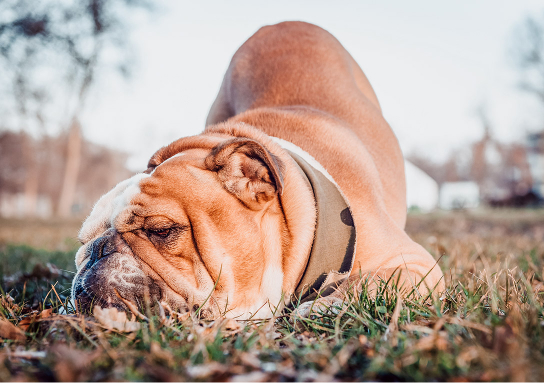
1. Application of butterfly massage
After the first application, which lasted two minutes, on the second day the female was the first to get up, which was unusual for her. She became very interested in what was going on in the kitchen and in the preparation of food. She allowed contact and was playful and cheerful.
2. Application of butterfly massage
The second application lasted 30 minutes. The female became more interested in what was going on in the pack. She had no need to hide and distance herself. She wandered around the house and watched the other two members of the pack playing and tentatively and briefly joined in the play. She began to sit at her owner's feet and watch the boys play. The female stopped showing the urge to leave the room to have peace and quiet. Her skin improved significantly. Her belly and under her legs stopped being red and she stopped scratching.
3. Application of butterfly massage
The length of the massage was approximately 35 minutes. The female tolerated the manipulation well; she was not quite relaxed yet, but she did not fight back. During the massage she relaxed nicely, she stopped being on alert and slept through the massage. The female started participating in pack play very actively; she stopped seeking solitude and quiet. She no longer stayed close to the owner's feet during walks but started to explore her surroundings. She allows more contact and no longer hides from people or pretends that she is not there. On the contrary, she watches people with interest.
4. Application of butterfly massage
The length of the massage was extended to 40 minutes. The female slept, nicely relaxed, enjoying herself. According to the owner's description, for the first time in two years, she choose a different place to defecate and urinate than the one that had offered her safety for two years. This was a great success. The allergy disappeared and Peralgin was discontinued because the female was not scratching and rubbing her belly on the carpet.
A total of 12 massages were applied to the female and the allergy resolved so much that there was no need to re-initiate Peralgin. She is taking allergy medication, is much happier and has even started to set boundaries in the pack. The metamorphic technique can also be applied remotely when the animal needs to be calmed quickly. I consider the metamorphic technique as a great harmonization technique for acute problems, for aggressive animals, animals with various psychological disorders or for quickly calming a frightened animal. It has a very positive effect on pregnant females and females after caesarean section.
Author of the article
Katarína Bestr
For several years, KatarŪna Bestr has been rescuing animals directly from breeding facilities in the field. These animals led her to ENERGY products, which often were the only way to immediately stabilize an animal during a rescue. Currently, she consults on animal health recovery and is a metamorphic therapist for both animals and humans.
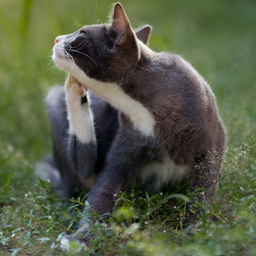
Tickvet
Tickvet is a natural veterinary product to repel bloodsucking insects, especially fleas and ticks.
Read the article

Psychosomatics in veterinary medicine
Psychosomatics is nowadays a recognized field of medicine, especially in human medicine, but also in veterinary medicine is...
Read the article
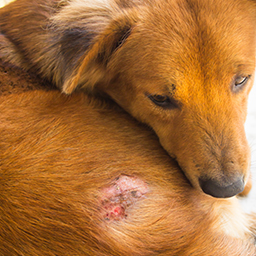
Imunovet and healing of open wounds
There are situations where it is not reasonable to put the dog under anesthesia to suture the laceration. Or situations where...
Read the article
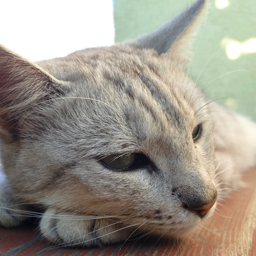
Hyperthyroidism of cats
Hyperthyroidism, or pathologically elevated thyroid function, is the second most common endocrinopathy in cats. The cause is usually...
Read the article
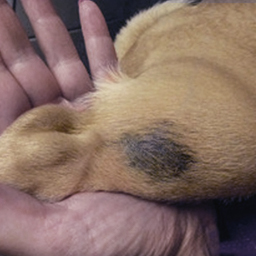
Patch after tick bite, coat renewal
The castor bean tick, Ixodes ricinus, is an arachnida known to belong to the Ixodidae family. We know...
Read the article
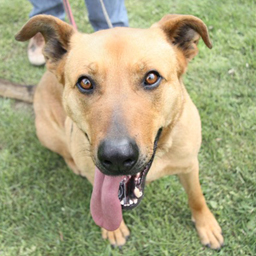
Dogs in Heat
IT’S SPRING... and with it female dogs being in heat. Or what to do with the male dog when the female dog is in heat?
Read the article
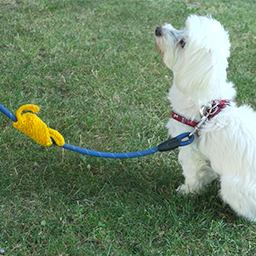
Yellow ribbon
A yellow bow or ribbon indicates a dog who, for a variety of reasons, needs to be given space.
Read the article
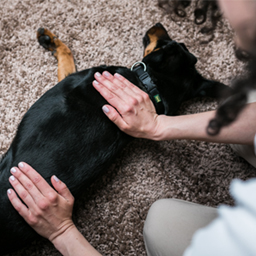
Touches that bring relief
When I first applied a butterfly massage to an animal, I believed in its power. Not by chance did I find ...
Read the article
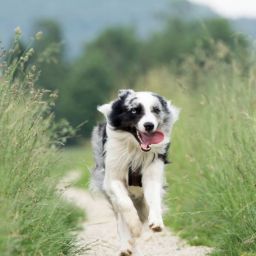
Ticks
It is spring, it is getting warmer, and we need to think about protecting our four-legged friends from ticks. And since we will now be seeing more of ...
Read the article
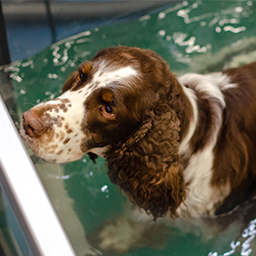
Aquatherapy / Hydrotherapy and Kingvet
Physiotherapy and rehabilitation for animals focuses on the diagnosis, treatment, and prevention of ...
Read the article
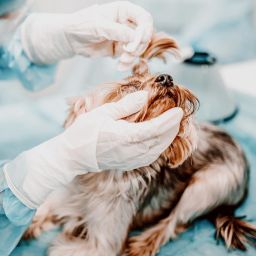
Eye examination in animals
The examination of animal eyes is very similar to the examination of human eyes and should be part of the basic examination, as general disease is associated with ocular involvement in many cases.
Read the article

Warts on puppies
Warts on young dogs are most often of infectious origin, caused by the papillomavirus. They are contagious to other dogs (not to other animal species or humans).
Read the article
